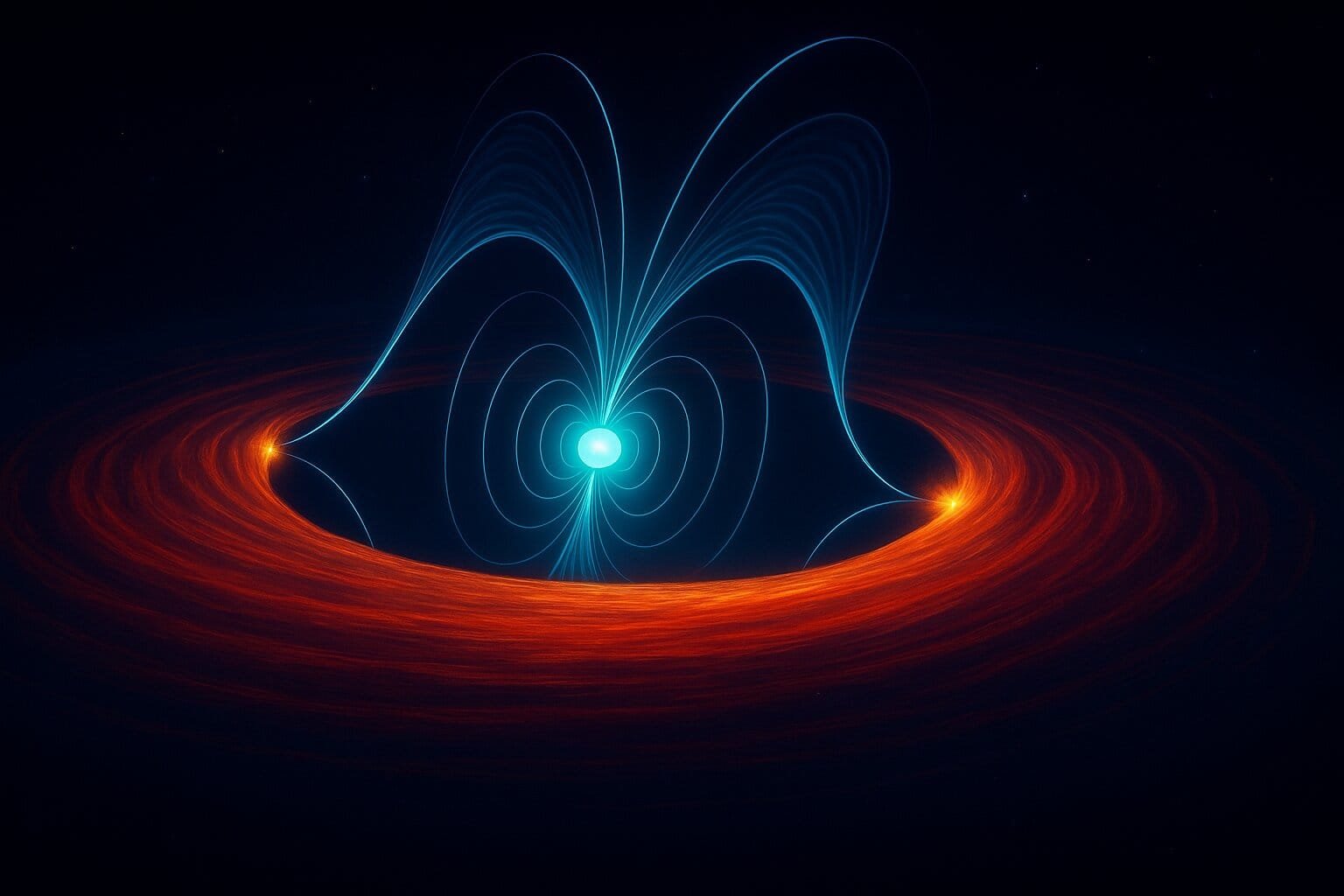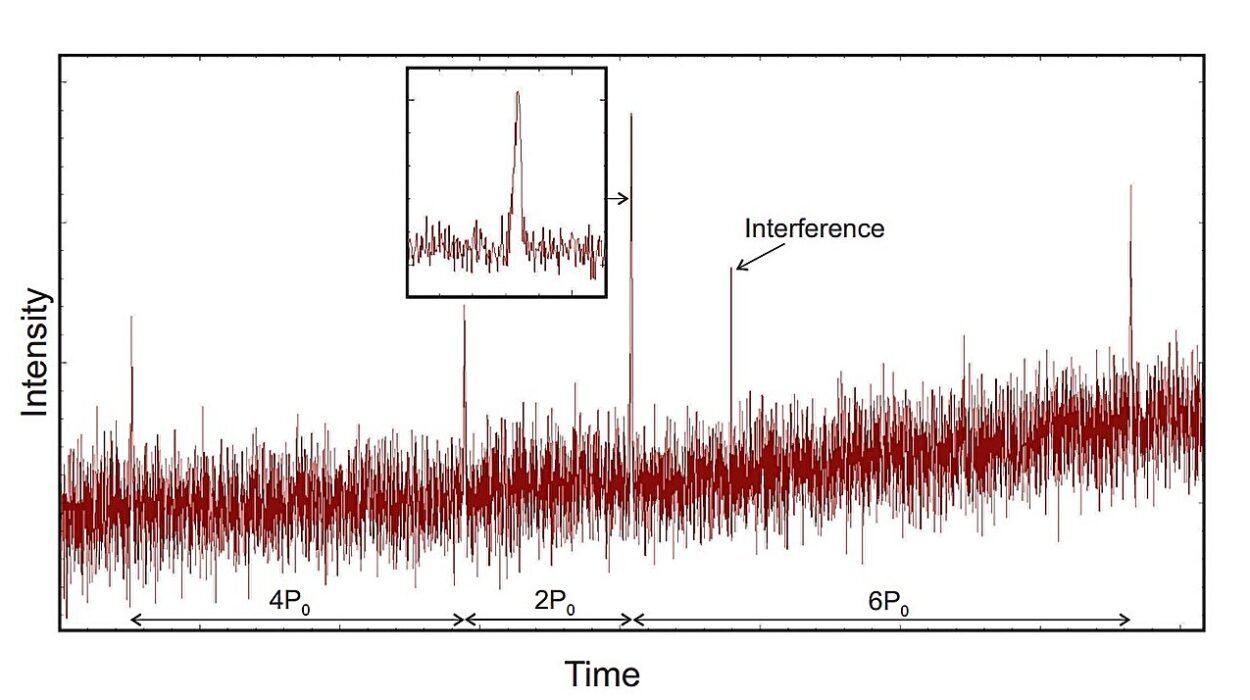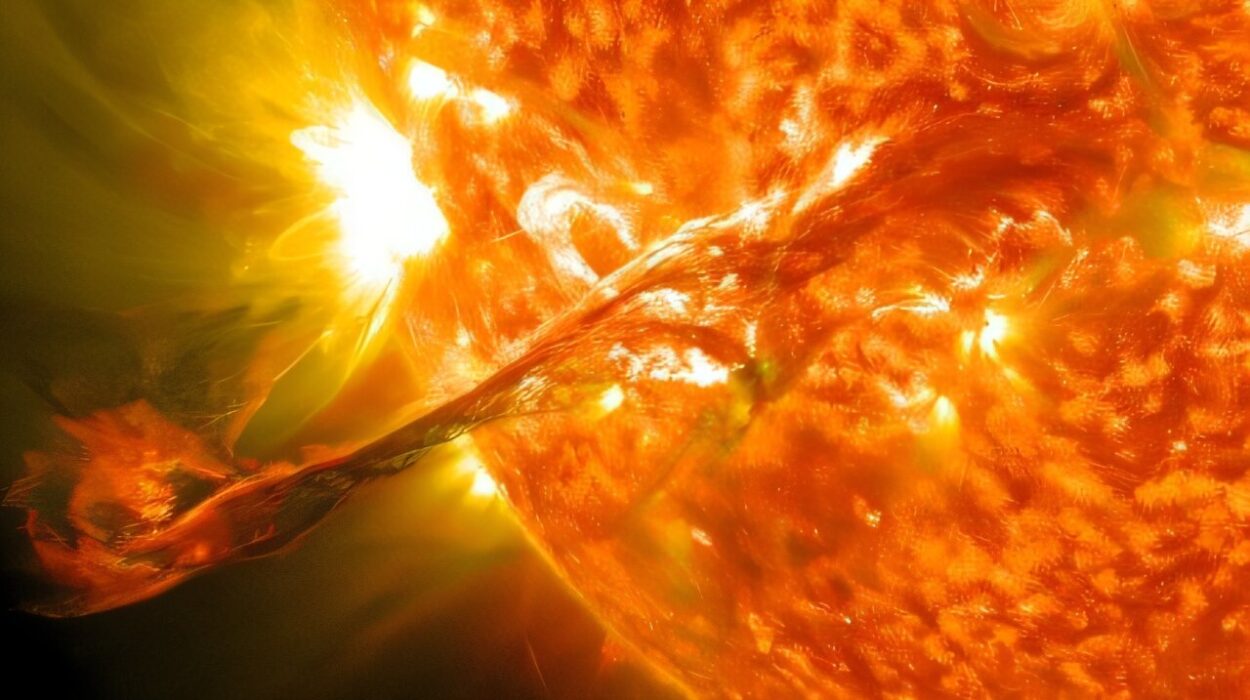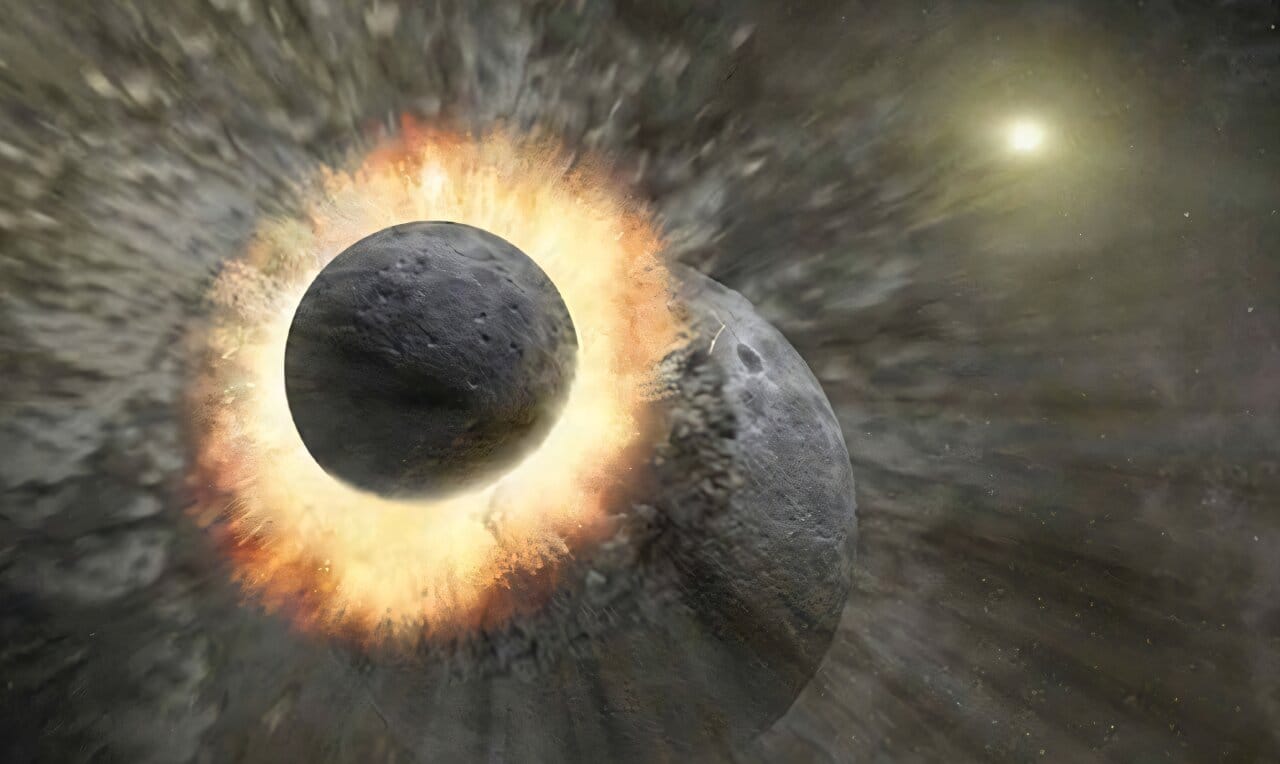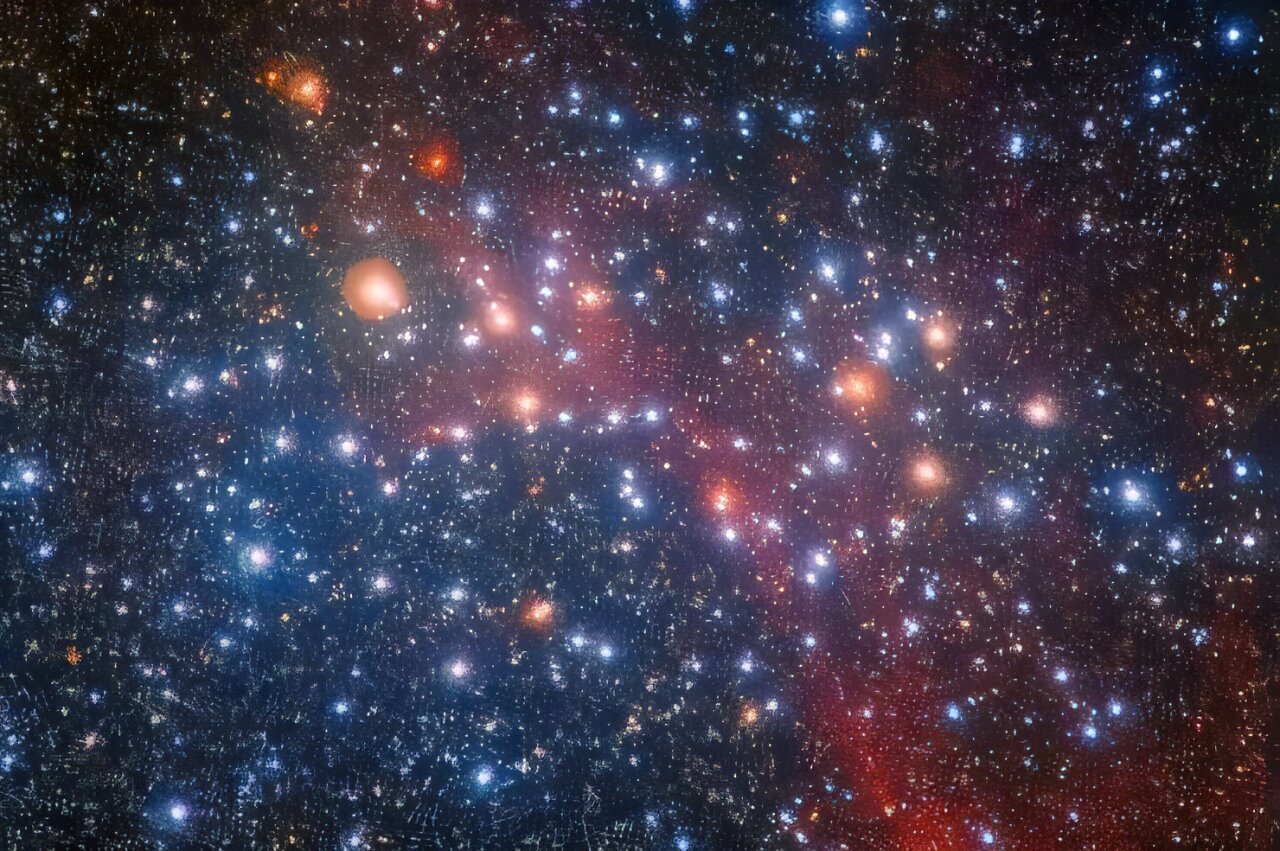High above the Earth, in the dark ocean of the cosmos, a tiny yet mighty beacon spins at breakneck speed, flashing twin beams of energy into the universe like the lighthouse of some alien shore. This is PSR J1023+0038 — or J1023 for short — a rare cosmic oddity where a cannibalistic neutron star feasts on its stellar partner while radiating light that has puzzled astronomers for decades.
Now, an international team of scientists has peeled back another layer of this cosmic mystery, using cutting-edge observations from NASA’s Imaging X-ray Polarimetry Explorer (IXPE) and other powerful telescopes around the world. Their findings have not only solved a riddle about J1023 itself but are shaking up long-held ideas about how some of the universe’s most extreme objects unleash their staggering energy.
A Cosmic Tango in the Dark
J1023 resides in the constellation Sextans, roughly 4,400 light-years away. Though astronomically distant, it’s close enough to study in detail — a stroke of luck because it’s among the most unusual neutron stars we know.
Neutron stars themselves are born in cataclysms: the explosive deaths of massive stars. When a supernova’s fury subsides, what remains is a core crushed so tightly that a single teaspoon of its matter would weigh as much as a mountain. Many neutron stars become pulsars, spinning furiously while shooting out powerful beams of electromagnetic radiation from their magnetic poles.
J1023 is one of a rare breed called a transitional millisecond pulsar. It switches between two starkly different lives. In one, it’s a radio-bright pulsar, shining regular pulses like a cosmic lighthouse. In the other, it gorges on material torn from its companion star, forming a swirling accretion disk around itself. This duality makes J1023 a living laboratory for understanding how pulsars evolve and how extreme physics plays out near some of the universe’s densest objects.
“Transitional millisecond pulsars are cosmic laboratories, helping us understand how neutron stars evolve in binary systems,” said Maria Cristina Baglio, of the Italian National Institute of Astrophysics (INAF) Brera Observatory, lead author of the new study published in The Astrophysical Journal Letters.
The Great X-ray Mystery
For years, scientists have puzzled over a deceptively simple question: Where do J1023’s X-rays come from?
Earlier theories suggested the X-rays might originate in the hot, turbulent accretion disk—the ring of gas spiraling into the neutron star. But Dr. Baglio and her colleagues suspected something more exotic was at play.
Enter IXPE, NASA’s unique space observatory launched in December 2021. Unlike typical X-ray telescopes, IXPE doesn’t just measure the brightness or energy of X-rays — it also reads their polarization, revealing how the electric fields in X-ray waves align. This subtle property can reveal whether the X-rays come from swirling magnetic fields, shockwaves, or other exotic phenomena.
“IXPE has observed many isolated pulsars and found that the pulsar wind powers the X-rays,” explained Philip Kaaret, principal investigator for IXPE at NASA’s Marshall Space Flight Center. “These new observations show that the pulsar wind powers most of the energy output of the system.”
Unveiling the Pulsar Wind
The team’s observations uncovered a stunning result. The angle of polarization measured in X-rays matched perfectly with the angle measured in optical light from the same system. This strong agreement pointed to a single source for both types of radiation: the pulsar wind.
Pulsar winds are streams of charged particles and magnetic fields flung from the neutron star at nearly light speed. They’re chaotic, energetic, and capable of shaping entire nebulae across space. In J1023, the pulsar wind slams into the material from the accretion disk, creating shockwaves that produce X-rays.
“That finding is compelling evidence that a single, coherent physical mechanism underpins the light we observe,” said Francesco Coti Zelati of the Institute of Space Sciences in Barcelona, co-lead author of the study.
This revelation challenges the conventional wisdom that the accretion disk itself was the main source of J1023’s high-energy radiation. Instead, it suggests that the pulsar wind — a ferocious storm of subatomic particles — dominates the system’s energy output.
A Symphony of Telescopes
Revealing J1023’s secrets required a chorus of instruments worldwide. Besides IXPE, scientists tapped NASA’s NICER observatory on the International Space Station and the Neil Gehrels Swift Observatory to watch J1023 in X-rays. The European Southern Observatory’s Very Large Telescope in Chile captured optical polarization data. Meanwhile, the Karl G. Jansky Very Large Array in New Mexico added critical radio observations, ensuring a multi-wavelength picture of this cosmic drama.
It was the first time IXPE had observed a transitional millisecond pulsar like J1023 — and the results didn’t disappoint.
Rewriting the Rules of Neutron Stars
This discovery has far-reaching consequences. Transitional millisecond pulsars are rare, but they may hold the keys to understanding how neutron stars transform from quiet, spinning relics into voracious cosmic monsters and back again.
Astronomers hope that insights from J1023 will refine models of how pulsar winds produce radiation, how they interact with accretion disks, and how these processes sculpt the environments around neutron stars. Such knowledge doesn’t just help us understand these exotic systems — it sheds light on fundamental physics, like how particles accelerate to near-light speeds and how magnetic fields behave under unimaginable forces.
The Universe’s Flickering Heartbeat
Even from thousands of light-years away, J1023 pulses a cosmic rhythm that scientists are still deciphering. It’s a system where matter and magnetism clash, where particles roar outward at nearly the speed of light, and where a neutron star reigns as both a ravenous monster and a celestial lighthouse.
As Dr. Baglio and her team continue to probe J1023 and other transitional millisecond pulsars, each new observation brings us closer to understanding how some of the most extreme engines in the universe keep beating at the heart of the cosmos.
And perhaps, in that relentless spinning light, we see a reflection of humanity’s own curiosity — our drive to explore, to question, and to shine beams of knowledge into the universe’s deepest shadows.
Reference: Maria Cristina Baglio et al, Polarized Multiwavelength Emission from Pulsar Wind—Accretion Disk Interaction in a Transitional Millisecond Pulsar, The Astrophysical Journal Letters (2025). DOI: 10.3847/2041-8213/add7d2
